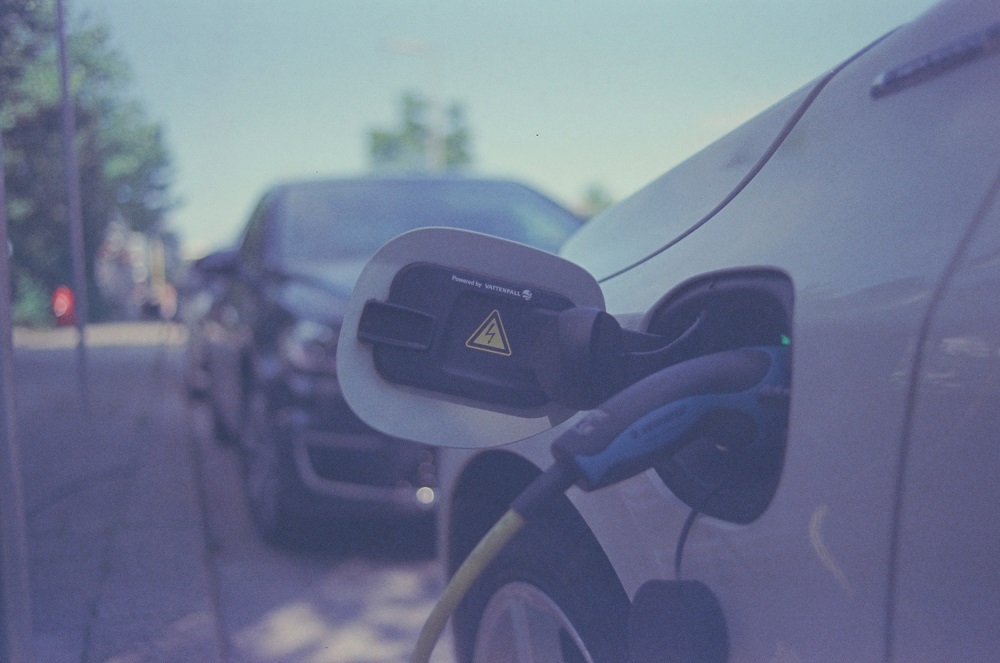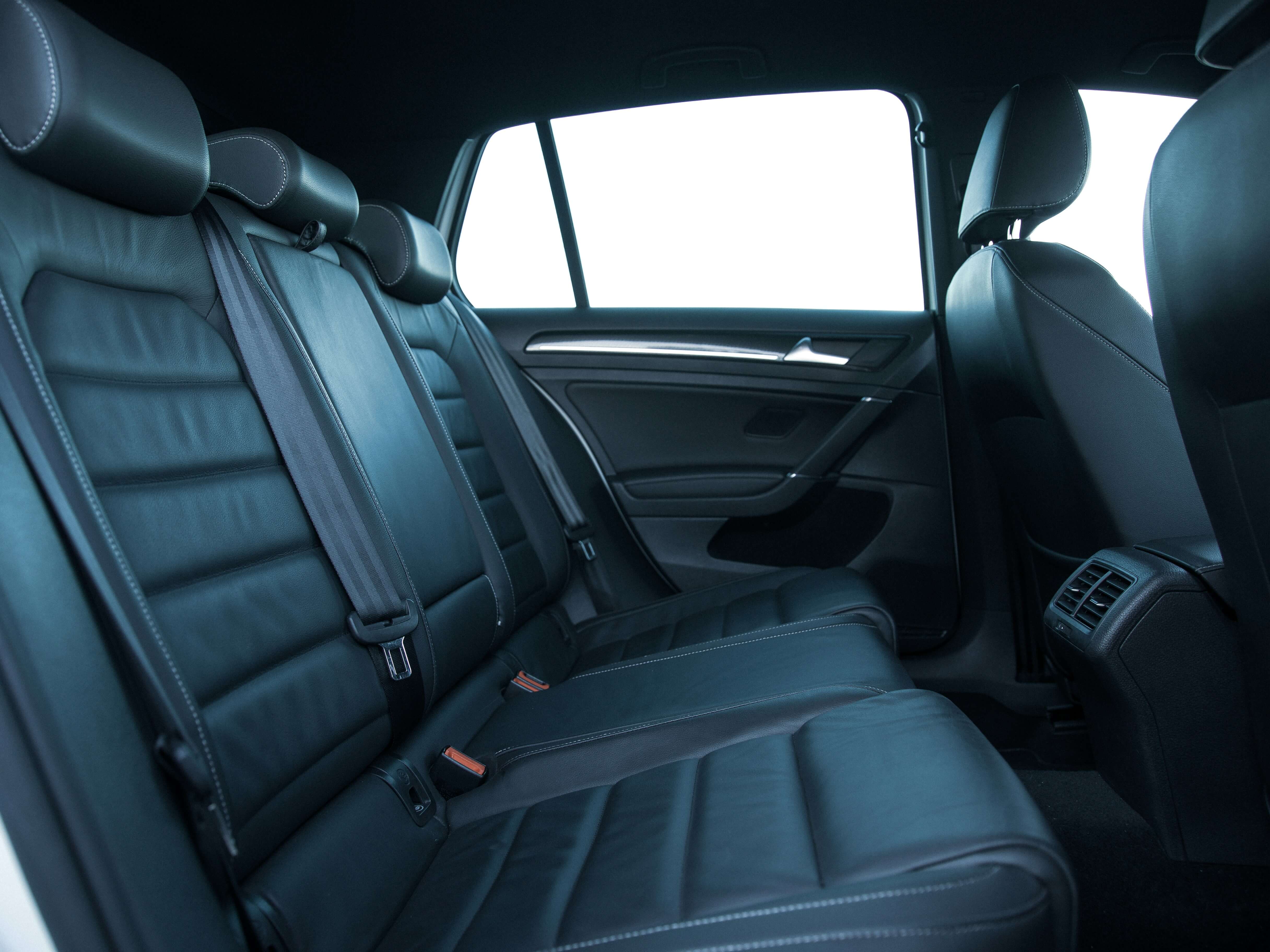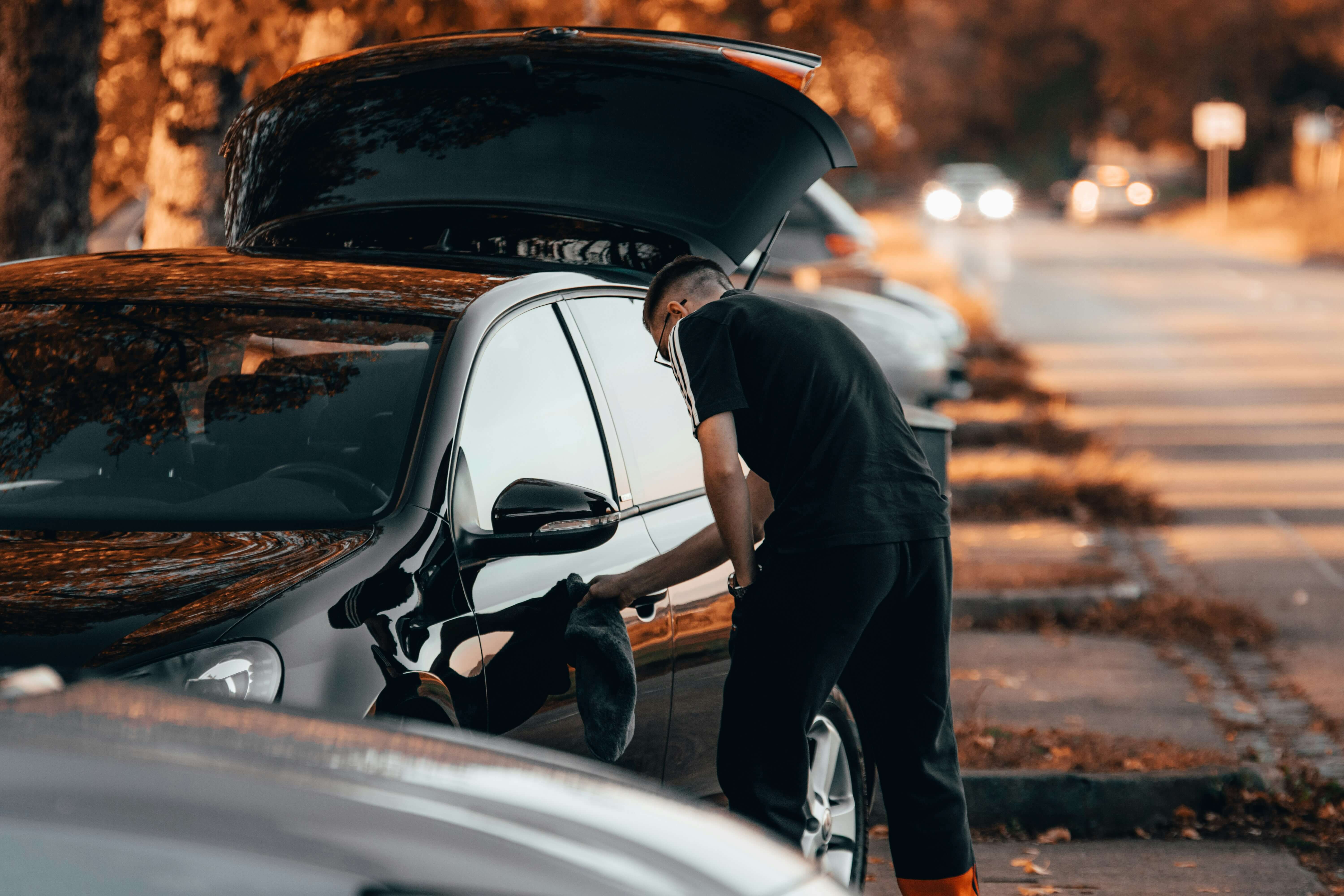13 differences between driving a van and driving a car

Climbing behind the wheel of a van can be tricky if you’re used to driving a car. Why? Well, vans are usually a lot bigger for a start. They’re designed differently inside and out. And they handle differently. All of which poses various challenges you’ll need to overcome. With the right prep though, these challenges can be easily met. So read on for our 13 key differences between driving a van and a car. Unlucky for some? Not in this case.
1. Different dash
Vans don’t tend to have centre consoles, which contributes to them usually having their controls laid out differently to cars. You’ll need to get comfortable with your dashboard before you head off anywhere. This includes any controls mounted to your steering wheel, as well as those on your dash.
2. Size matters
Probably the most noticeable difference between vans and cars is their size. Most vans are usually bigger even than the 4×4 and crossover SUVs which have become so common over recent years.
You’ll need to get to grips with the size quickly, especially when it comes to navigating things like tight bridges or low barriers. It’s a good idea to know exactly how tall and wide your van is to avoid any mishaps when you hit the road.
3. Gearing up
A lot of modern cars these days are equipped with six forward gears, while many automatics even have seven or eight. However, if you’re used to driving a five-speed manual which has a reverse and five forward gears, you may find this is a little different to driving a van.
This is because vans often have a sixth gear, which is useful for cruising at higher speeds. It keeps revs down, meaning your engine doesn’t have to work as hard. This makes it more efficient, so make sure you know the layout of your gears before setting off.
4. Going round in circles
As soon as you attempt a low speed manoeuvre like a turn in the road, you’ll notice how different vans are to drive than cars. Vans generally have much larger turning circles, so you’ll need to take this into account if you decide to perform a quick U-turn or something. Don’t put yourself into the position Austin Powers does when trying to turn a buggy in a narrow corridor.
5. Turn a corner
Speaking of turning, another key difference between cars and vans comes when you turn a corner. Due to a van’s size, you may find that you need to swing out a little before turning back in to make your corner. You should allow yourself plenty of space to do this and approach tight turns slowly, making sure you indicate to warn other drivers what you’re up to.
6. It’s behind you…
But you might not be able to see it. Whatever ‘it’ may be. Vans don’t usually have rear windows, closing off what’s usually a large part of your vision in a car. This is one of the biggest differences, and something that may take a little while to get used to. With no rear-view mirror, using your wing mirrors becomes even more important. Side mirrors tend to be bigger to help out, and often have blind spot mirrors housed within them to bend your line of vision further around the back of your van.
7. Don’t be blind to it
On the subject of blind spots, these are bigger in vans thanks to the lack of windows. As well as no rear window, vans usually don’t have any back windows on either side. This is where your rear passengers would usually have windows in a car. Again, you need to be all over your side mirrors to avoid other road users sneaking up on you.
8. Get a load of this
Need to drive a van every day for work? Or just hiring one for the day to move home? Whatever it is, there’s a very good chance the reason you need a van is because of the load space. Loading up properly is key, especially as things can fly around the back of a van a lot more easily than in the boot of a car. From spreading weight out evenly to loading heavy items first and at the bottom, ensuring your load is safe and secure is a legal requirement, so it’s something to be aware of.
9. Park it
Some people don’t like parking at all. Others can squeeze into the tightest of spaces with zero fuss. Whichever category you fall into, there’s no doubt parking a van is different to parking a car. From the size to the steering to the visibility, you may even struggle to find a parking space big enough to accommodate you. If you’re apprehensive about parking a van, it could be a good idea to get someone to ride with you and help guide you in.
10. Fill it
Thanks to their size and how they’re often used, vans are more likely to have diesel engines than cars. So when you head to the petrol station for the first time, make sure you fill up using the right fuel. If you don’t, your van’s going to break down pretty quickly.
11. Tax it
If you need to tax a van, you may find it has a different rate due to its size. There are also differences with respect to driving your van for business purposes. You could make significant savings on company car tax if you only drive a van for work, so it’s worth checking with the good folk from HMRC.
12. Don’t drive like the wind
Vans have different speed limits to cars. Residential and motorway limits are the same, but the single and dual carriageway limits for vans are 50mph and 60mph respectively. This is 10mph slower than for cars in both cases.
13. Licence to thrill
If you want to enjoy the thrill of driving a van, you need to make sure your licence covers it. Smaller vans are covered on a regular driving licence, but you may need to gain further qualifications to drive a larger van. A quick check of your licence and the weight of the van you want to drive will help you stay on the right side of the law.
Ready to hire a van? Need some additional help? Check out our other handy articles including driving in the dark, reversing and all you need to know about blind spots.


